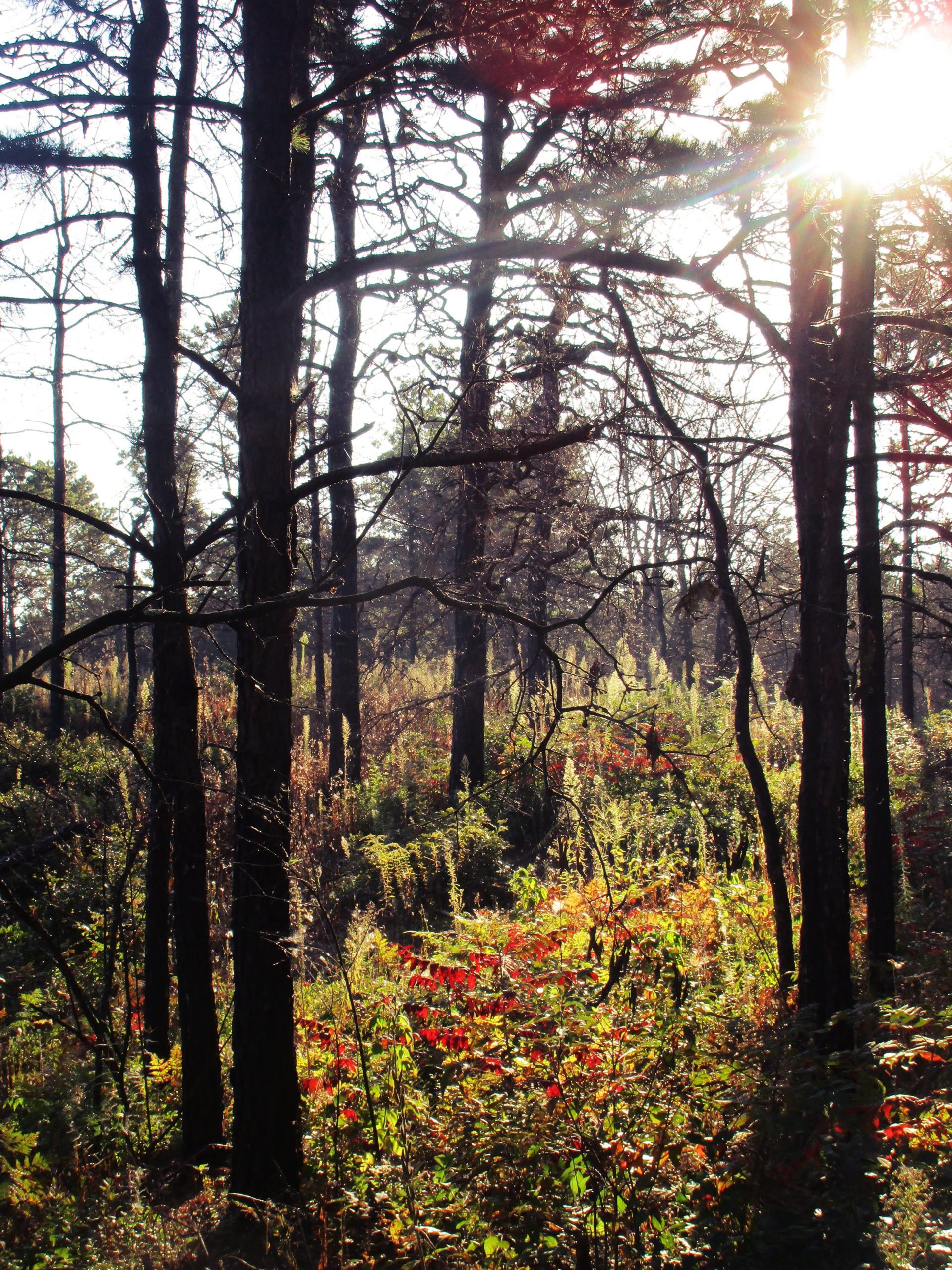by Tom Ellis
ALBANY, NY: Sierra Club Atlantic Chapter Conservation Director Roger Downs spoke at the October 16 Save the Pine Bush dinner about where Governor Cuomo may be heading with his fracking policies.
Roger said NYS has been in “fracking limbo” since February with no established deadlines as of now. He said natural gas prices are so low now, that fracking, were it to be approved, would be uneconomical. Of late, Cuomo has been promoting tourism upstate, so it is possible he is creating an alternative vision to fracking.
He said the health review begun a year ago when the state health commissioner hired three consultants is a “tremendously secretive process” not subject to the state Freedom of Information Law.
Roger said one reason it is difficult to obtain information about fracking’s health and environmental impacts in other states is because often victims sign non-disclosure agreements with the frackers, and move away. He said in July the US EPA flasely declared the water in Dimick, Pennsylvania (PA) is safe to drink. More than one-half 6000 fracking wells drilled in PA in recent years have permit violations.
The PA fracking industry is spilling into New York. In the last two years, NY dumps have taken 300,000 tons of PA oil and gas wastes, much of it radioactive. The NYS DEC has declared the PA wastes to be Naturally Occurring Radioactive Materials (NORM) and thus municipal and privately owned solid waste dumps can accept it. These dumps include one in Chemung County that has taken 40,000 tons of drilling wastes, the Hyland Landfill in Angelica which is seeking permission to increase drilling wastes by 49 percent, and the giant Seneca Meadows landfill in Waterloo.
He said although sewage treatment plants in NY “do not take drilling wastes;” they in fact do take it because they take landfill treatment pit sludges that contain drilling wastes.
He said drilling sites in PA have compressor stations that release greenhouse gasses and birth weights of infants born in PA near compressor stations have declined by 25 percent since 2007.
Back in NY: of the 57,000 abandoned oil and gas wells, perhaps 150 or 160 are plugged each year. He said “people power has made a difference in NY” in blocking fracking so far, compared to other states. The NYS Court of Appeals will soon hear arguments on the legality of fracking bans enacted in several municipalities.
Roger said unemployment rates in NY and PA are similar despite fracking supposedly being an economic engine. The US Geological Service has downgraded shale gas projections each year since 2008, damaging fracking’s purported economics.
Fracking, he said, is uneconomical until natural gas prices rise from the current $3 per 1000 cubic feet to about $10. Nevertheless the gas infrastructure is being built in the state; this includes new gas pipes, fracking companies securing water sources, pipelines enlarged, and efforts to refit coal fired power plants to natural gas. He said the Pained Post, NY aquifer is being rapidly drained, becoming increasingly saline.
Liquefied Natural Gas (LNG) regulations have been strict in NYS since a 1976 accident in Staten Island killed 40 people. DEC is now trying to weaken these regs and is holding hearings including one in Albany October 30 on proposed new regs. He urged attendees to use the internet to search “30 days of fracking” for info on the proposed DEC LNG regs.
He concluded saying NYS is falling far behind other states and nations in developing its renewable energy portfolio standards and industry.
During the Q&A, he said people have for a long time dumped high-hazard materials in to NY landfills; 61 percent of the land in Cortland Co. is leased to the frackers but these leases are expiring; in Dimick, some residents have been paid off to lie about their neighbors who have had their water supplies destroyed by fracking.
In response to my concern that Governor Cuomo is testing the waters for a $5 billion statewide environmental bond act to be voted on next November, simultaneously when he likely runs for re-election, and that it will be difficult to support the bond act without appearing to support the governor’s re-election, Roger said the Sierra Club will be supporting the environmental bond if it is on the ballot “but we must not allow it [the bond proposal] to become a distraction from the need [for the state] to fund DEC adequately each year.”
Finishing up, he said EPA Regional Director Judith Enck probably played a huge role in bringing about the current fracking moratorium in NY.
Published in November/December 2013 Save the Pine Bush Newsletter
